Search by Topic
- Acid Reflux 1
- CDC 1
- CT Scans 1
- Corticosteroids 1
- Delta Variant 1
- Flu vaccine 1
- GERD 1
- Gastroesophageal Reflux Disease 1
- HEPATITIS C 1
- Intermittent Fasting 1
- Johnson and Johnson 1
- KETO DIET 1
- MDVIP 1
- MS 1
- Masks 1
- Men's Health 1
- Moderna 1
- Multiple Sclerosis 1
- Pfizer 1
- Plenity 1
- Tryptophan 1
- alcohol 1
- alcohol abuse 1
- aspirin 1
- blood pressure 1
- bone health 1
- calcium 1
- cardiovascular 1
- cardiovascular disease 1
- cholesterol 1
- coconut oil 1
- coronary plaque 1
- coronavirus 12
- covid vaccine 4
- covid-19 19
- covid-19 in Children 1
- covid-19 testing 1
- deep venous thrombosis 1
- diabetes 2
- diet 1
- emotional wellbeing 1
- exercise 2
- fitness 1
- flu 3
- flu vaccine 1
- healthy holiday 1
- healthy living 1
- hearing 1
- heart disease 1
- heart disease prevention 1
Your bones are in a constant state of renewal, with new bone forming while old bone is being recycled by your body. Before the age of 30, your body makes new bone faster than old, but as you age bone mass is usually lost faster than it is created. This imbalance can weaken your bones.
Osteoporosis, which occurs when the formation of new bone doesn’t keep up with the loss of old bone, can cause bones to be brittle and can often lead to fractures after falls and such simple actions as coughing and bending over.
Osteoporosis is usually asymptomatic in its early stages, so you may not know that there is a problem. As the disease progresses symptoms such as back pain, height loss, stooped posture and bone fractures that occur more easily than expected can all occur.
Factors that increase the risk of osteoporosis in females include:
Female sex
Age—the older you are the greater the risk, especially after age 65
White and Asian race
Positive family history, if osteoporosis is present in either parents or any siblings
Small body frame
Certain abnormal hormone levels
Lowered sex hormones
Elevated thyroid hormone levels
Overactive adrenal and parathyroid glands
Diet issues
Low calcium intake
Eating disorders, such as anorexia
Previous gastrointestinal surgery, especially gastric by-pass
Certain medications
Steroids
Some anti-seizure drugs
Proton-pumps inhibitors (e.g. Prilosec) used for heartburn and reflux
Anti-cancer drugs
Drugs to prevent transplant rejection
Certain medical conditions
Inflammatory bowel disease
Celiac disease
Kidney and liver diseases
Cancer
Lupus
Multiple myeloma
Rheumatoid arthritis
Lifestyle choices
Sedentary lifestyle
Tobacco use
Excessive alcohol consumption
Osteoporosis Diagnosis and Treatment for Women
Lifestyle measures that should be adopted by every woman include:
Adequate calcium and Vitamin D
Regular weight-bearing exercise
Smoking cessation
Avoidance of excessive alcohol
Counseling for fall prevention, including advice on balance training
At age 65 in usual-risk women, and sooner if high-risk conditions are present, dual-energy xray assessment, or DEXA, scan should be performed to establish a baseline. This test measures bone density at the spine and hip, producing a t-score value that is the most accurate assessment of bone density. Normal t-score is -1.0 to 0.0, osteopenia (some thinning of bones) is defined as a t-score of -2.5 to 1.0 and osteoporosis (significant thinning of bones) is present when the t-score is < -2.5. A t-score above 0.0 indicates stronger-than-usual bones.
The probabilty of fracture can be estimated by calculating the FRAX score, which utilizes the t-score and history of osteoporosis risk factors. Most DEXA reports include a FRAX score.
Medication is indicated for women who have a history of fragility fracture and/or whose bone density measurements via DEXA show a t-score that is less than -2.5. Medication is also appropriate for women whose t-score is -1.0 to 2.5 and who have a 10-year fracture risk assessment risk of > 3 at the hip or 20% overall as calculated using the FRAX.
The choice of drug is patient-specific. The bisphosphonates alendronate (Fosamax) and risendronate (Actonel) are the drugs of choice for most patients, unless there is a history of esophageal disorders, chronic kidney disease and/or some types of weight loss surgery.
Prolia, a drug injected twice a year, or Reclast, given by intravenous infusion once a year, are indicated for osteoporosis patients if bisphosphates should not be used. Patients at very high risk should receive either Forteo or Tymlos. However, these two drugs must be injected just beneath the skin every day and are very expensive.
Once diagnosed, osteoporosis and osteopenia should be monitored for progression by performing a DEXA scan every two years, regardless of what treatment has been started.
There is controversy about the length of treatment, but many authorities suggest a drug holiday after 5 years of bisphosphonate use and 3 years of Reclast infusions, and the drugs can be discontinued indefinitely if the t-score is stable and there have been no fractures. Patients at very high risk should probably continue bisphosphonates for 10 years. Forteo and Tymlos must be stopped after 2 years, when bisphosphonates can then be substituted. There is no time limit for Prolia.

